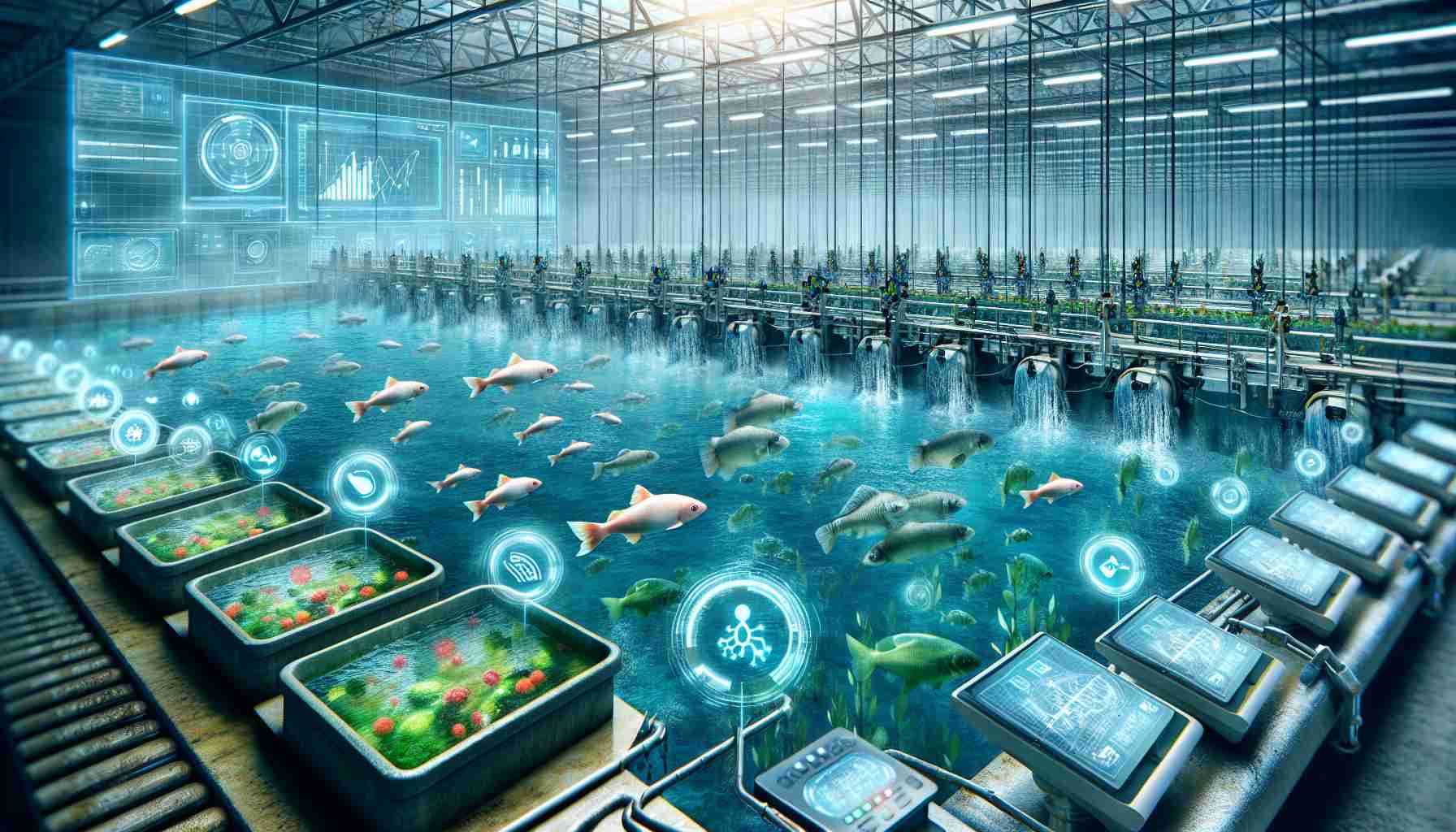
A cutting-edge technology has recently been unveiled that is poised to revolutionize the aquaculture industry. This innovative method is set to significantly increase efficiency and sustainability in fish farming operations globally.
Gone are the traditional ways as this groundbreaking approach promises to streamline production processes while simultaneously minimizing environmental impact. By adopting this new technique, aquaculture companies can optimize yields and ensure the purity and quality of their products.
Industry experts have hailed this advancement as a game-changer that will reshape the landscape of seafood production. With its implementation, aquaculture facilities are expected to experience a surge in productivity and profitability, marking a new era of growth and development in the sector.
Investors and consumers alike are eagerly anticipating the widespread adoption of this technology, recognizing its potential to meet the escalating demand for sustainable and responsibly sourced seafood. The future of aquaculture looks brighter than ever with this transformative innovation setting the stage for a more efficient and environmentally friendly industry.
New Technique Enhances Aquaculture Industry Sustainability and Production
Aquaculture, the farming of fish and other aquatic species, has seen a significant transformation with the introduction of a cutting-edge technology that promises to revolutionize the industry. While the previous article highlighted the efficiency and sustainability benefits of this innovative method, there are additional aspects worth exploring to gain a comprehensive understanding of its impact.
What are the key features of this new technique?
This groundbreaking approach incorporates advanced monitoring systems that track key indicators such as water quality, fish health, and feed efficiency in real-time. Furthermore, it utilizes precision feeding mechanisms and automated processes to optimize growth rates and minimize resource wastage.
What are the advantages and disadvantages?
One of the primary advantages of this new technique is its potential to enhance the overall sustainability of aquaculture operations by reducing environmental impact and resource usage. Additionally, by improving efficiency and productivity, it enables aquaculture companies to meet growing market demands effectively. However, challenges such as initial investment costs, technological complexity, and potential reliance on data accuracy pose hurdles for widespread adoption.
Key Challenges and Controversies
One of the key challenges associated with the implementation of this new technique is the need for extensive training and expertise to operate and maintain the technology effectively. Moreover, there may be concerns regarding data privacy and cybersecurity risks, given the reliance on interconnected systems and data analytics.
Looking to the Future
Industry experts anticipate that the widespread adoption of this transformative technology will lead to a significant increase in the efficiency and sustainability of aquaculture practices worldwide. Not only will this benefit producers by improving profitability and competitiveness, but it will also cater to consumer demands for ethically produced seafood products.
As the aquaculture industry continues to evolve, embracing technological advancements will be crucial in driving progress towards a more sustainable and responsible future. The potential of this new technique to revolutionize fish farming practices underscores the importance of innovation in meeting the ever-growing global demand for seafood.
For more information on the latest developments in aquaculture technology, visit World Aquaculture.
